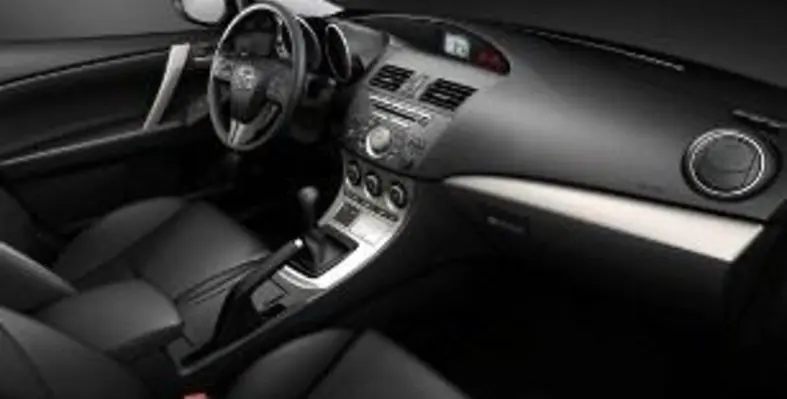Mazda has committed to a long-term vision for technology
The development is called “Sustainable Zoom-Zoom” and is working to help achieve a sustainable future. The vision not only serves as a guide for technological development in creating vehicles that deliver both the joy of driving and excellent environmental and safety performance. It also focuses on promoting efficient utilisation of energy and reducing the volume of CO2 emitted in all aspects of the company’s production and distribution operations. Mazda has established a multifaceted commitment to environmentally friendly production with measures in a variety of key areas. Here are a few of them:
Environment management system
Within the Mazda Group, Mazda Motor Corporation is promoting the establishment of an Environmental Management System (EMS) across its entire supply chain and in all Group companies. The purpose of the EMS is to more effectively carry out environmentally friendly business activities, based on standards such as ISO 14001. Mazda earned the ISO 14001 for all its manufacturing plants in Japan, the US, China and Thailand, and has also completed certification under ISO 14001 for thirteen manufacturing companies in the Mazda Group, both in Japan and overseas.
Environmental measures during painting
In September 2002, Mazda successfully developed the Three Layer Wet Paint System which was later adopted at its painting facilities worldwide (Japan, Thailand and China). The system enables the application of a primer coat, colour base and clear coat one over the other without drying each time, reducing CO2 emissions by 15 per cent over previous painting methods and achieving a 45 per cent reduction in volatile organic compound (VOC) emissions. At one of its plants in Hiroshima, Mazda also introduced its Aqua-Tech Paint System, a water-based coating technology that achieves the world’s highest standards for limiting emissions of VOCs contained in paint. The Aqua-Tech Paint System maintains the same world-class low CO2 emissions volume as the Three Layer Wet Paint System, while further reducing VOC emissions by 57 per cent – making it the least-polluting water-based paint system in the world.
Recycling bumpers
When the Japanese government began introducing regulations to use resources more effectively, Mazda set its sights much further and took on the challenge of reusing bumpers that had been damaged in real-world driving as raw materials for bumpers on new vehicles. Recognising that if it could recycle large plastic components such as bumpers to the high quality standards required for new vehicle bumpers, it would represent a huge technological step forward, and ultimately be a way to address environmental issues by using resources more effectively and cutting CO2 emissions. Working closely with suppliers and plastics recycling specialists, Mazda succeeded at creating “bumper-to-bumper recycling” technology in 2003 – the automotive industry’s only method of using recycled materials as raw material for new vehicle bumpers. Bumper-to-bumper recycling was first applied to the RX-8 mass production model in 2005 and later extended to further models.






